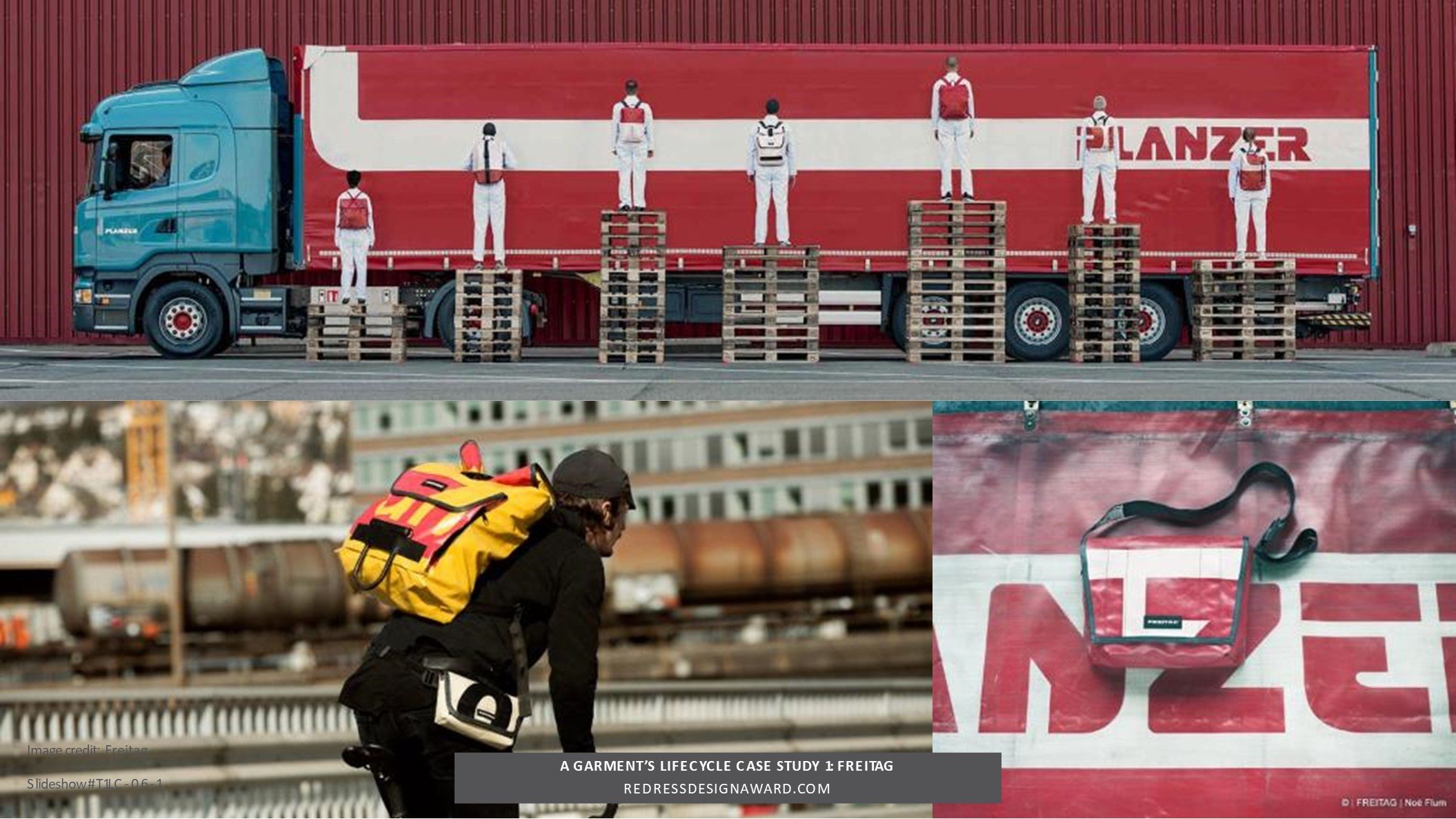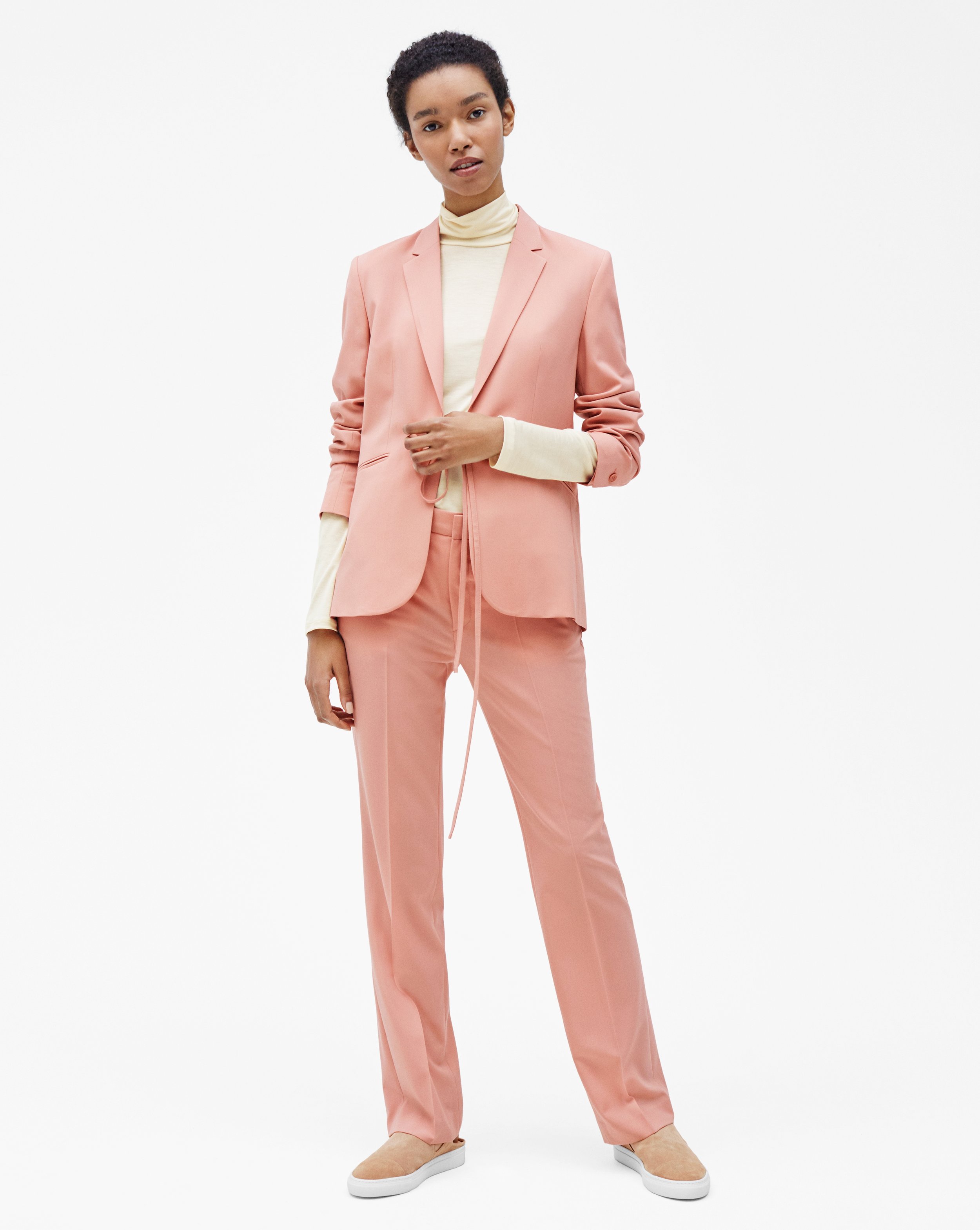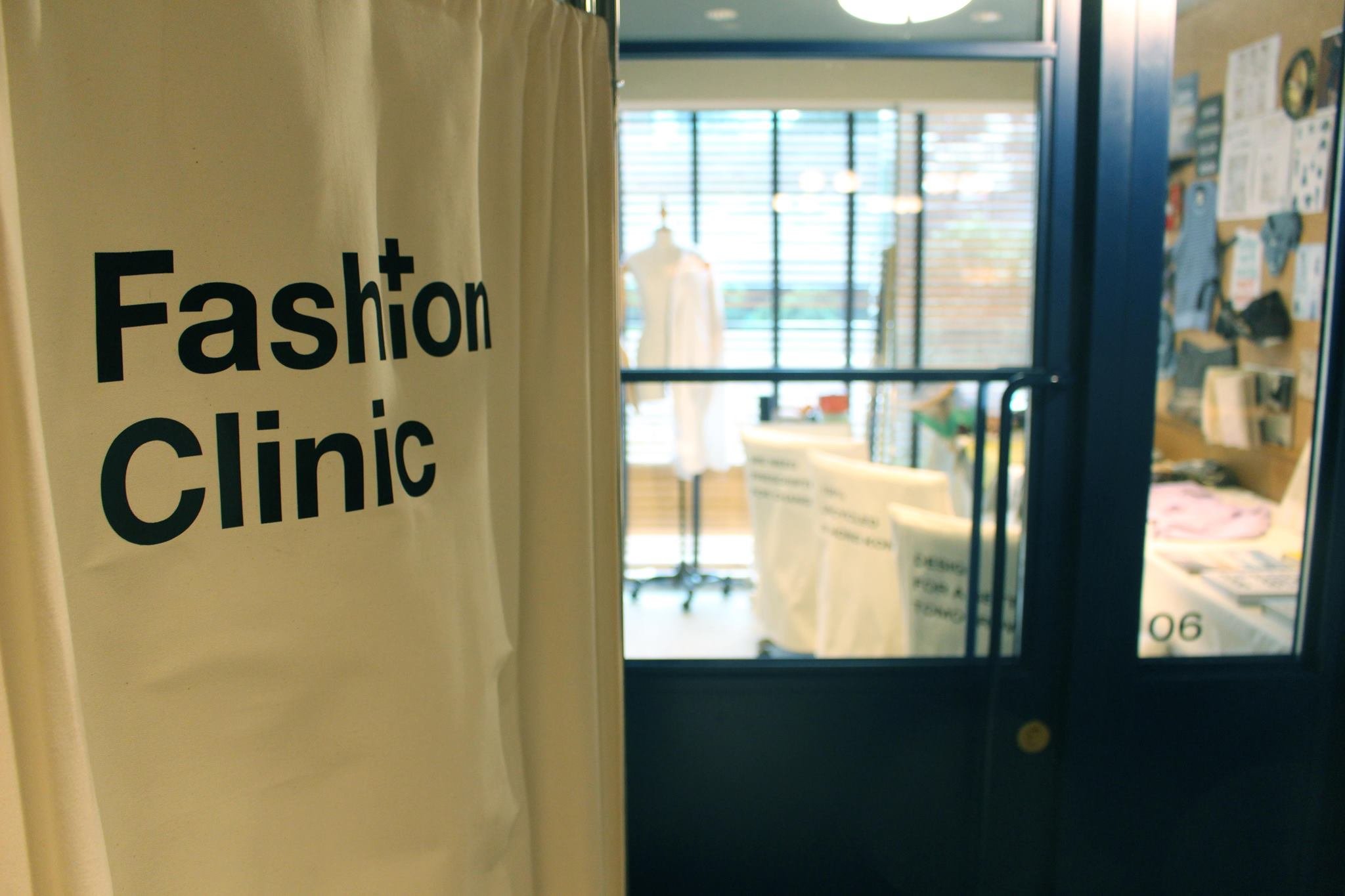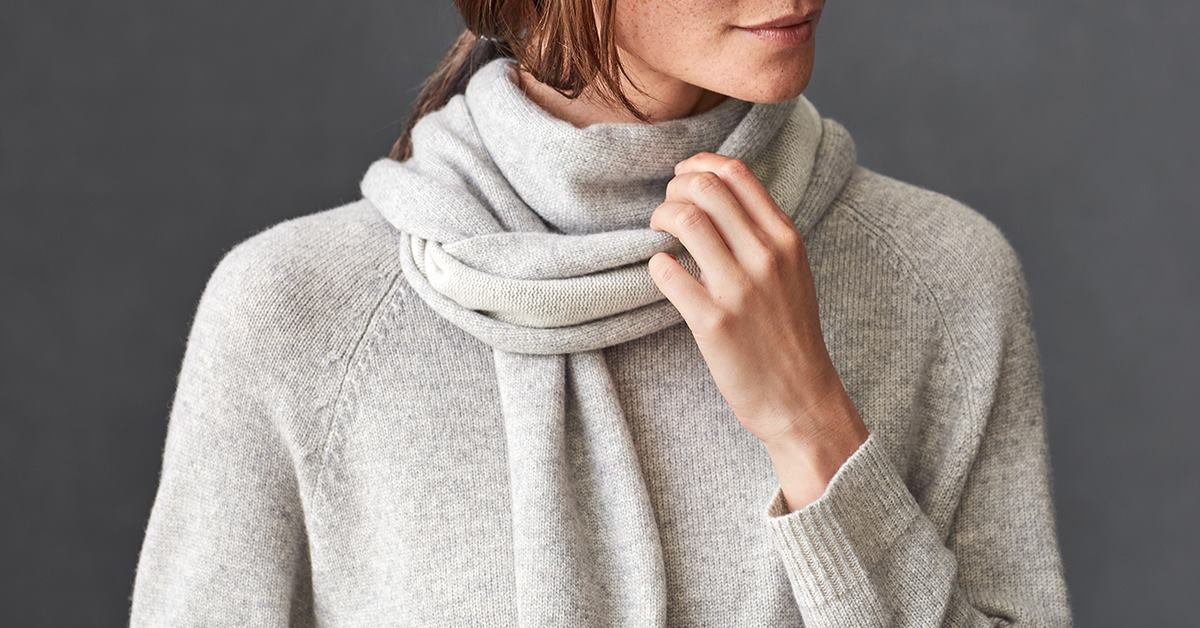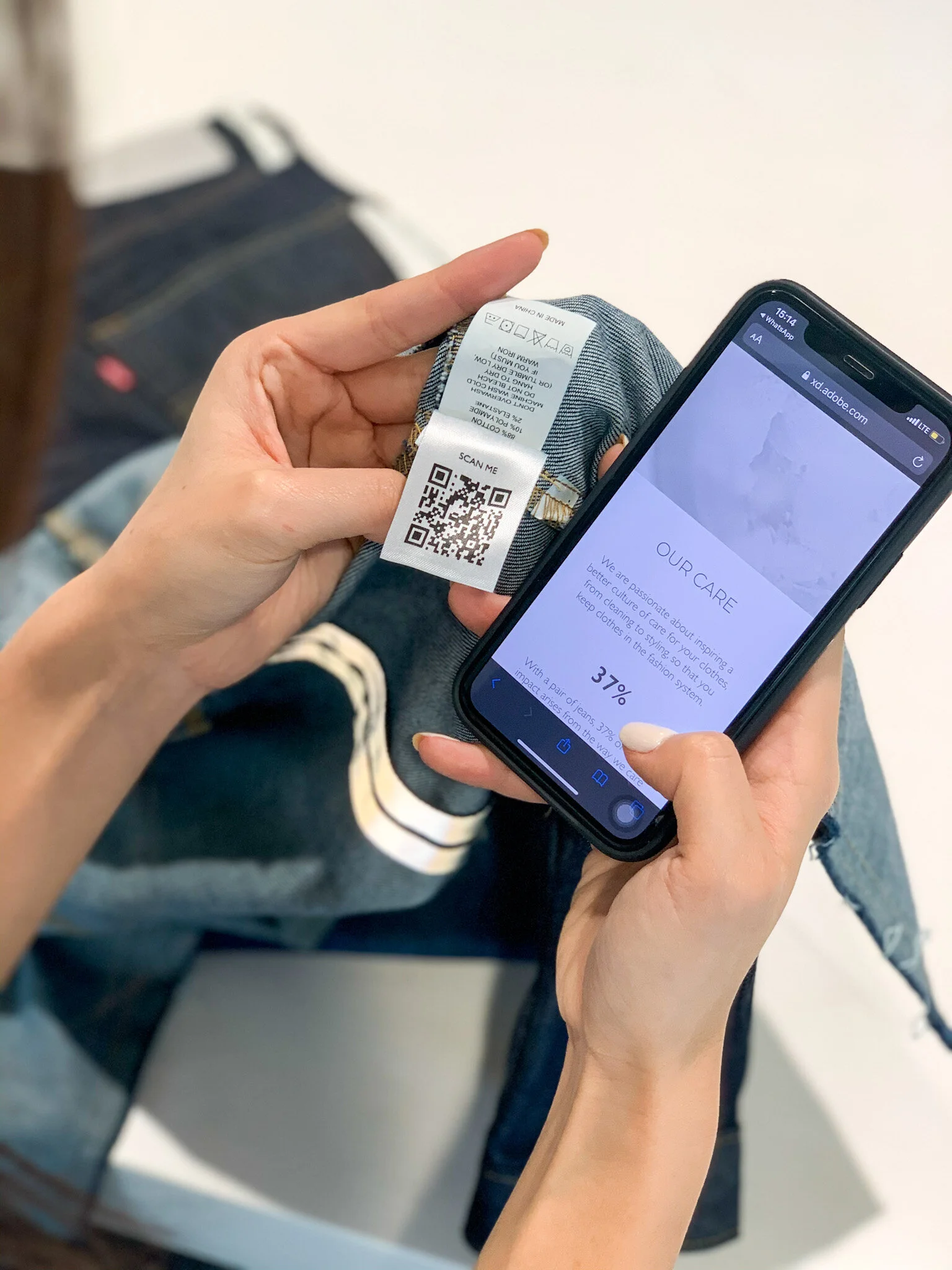In this case study, you will discover an alternative biomaterial that does not rely on virgin resources, instead using waste from other industries. As designers, choosing such innovative materials will enable you to implement circular solutions while reducing the environmental impact of your product.
Read MoreIn this case study, you will discover how Reverse Resources has built a commercial circular solution so that textile products can be used and reused, keeping them for as long as possible. See how they address the sheer volume of textile waste that is produced before products even hit the shelves.
Read MoreBy fostering cooperation, embracing creativity, and championing circular values, a small brand meets a manufacturing giant to transform garment defects into a viable circular solution.
Read MoreIn this case study, we will discover and discuss what it takes to design your products with a life cycle in mind.
Read MoreIn this case study, see how Levi’s identified their waste hotspots across the supply chain. Not only did they significantly reduce their environmental impact across the product’s life cycle, it also led to new industry standards and innovative solutions towards cleaner denim.
Read MoreIn this case study, we will explore and discuss why Patagonia designs their products to last, and encourages care and repair for longevity.
Read MoreIn this case study, see how the designer’s attitude allows for a different approach to recreating fashion. Understanding how specific pre-existing garments or products were initially constructed was key to reconstructing them in a whole new way.
Read MoreIn this case study, learn why planning the life cycle for your products involves mapping out your materials in order to allow for circular business models.
Read MoreIn this case study, we ask tonlé founder, Rachel Faller, about her biggest challenges, successes, and top tips for building a circular fashion business.
Read MoreWatch this video to deepen your knowledge about the carbon impact across the supply chain from fibre choices, manufacturing processes, through to tracking carbon emissions. To better understand the impact your choices make, try out their denim carbon calculator for yourself: MyBluPrint.
Read MoreIn this case study, Camilla talks about why fibres are so important to design decisions and how to take control by understanding their lifecycle.
Read MoreDigital technology is on the rise, with 3D design and video conferences among the most promising trends not only because of the reduction of time and distance for a global industry, but also for the practical advantage of minimising sampling.
Read MoreWatch how finalists of the Redress Design Award 2022 come up with solutions for reusing textile waste in an intensive six-hour challenge for Icebreaker.
Read MoreKay Wong from Hong Kong-based Fashion Clinic shares how they prolong the lifespan of garments through high-end repair, alteration, and redesign services.
Read MoreOn this interactive website, create your very own pair of jeans and see its environmental impact while learning about innovations that are transforming fashion sustainability.
Read MoreDiscover how Napapijri’s Circular Series, recognised with the Cradle to Cradle Certified® Gold certification, has been designed for infinite recyclability.
Read MoreIn this case study, Daniel Silverstein shares his approach to zero-waste as he started his career in the fashion industry.
Read MoreFind out how Eileen Fisher is applying a holistic approach to circular fashion: from building on user feedback, to educating consumers, offering repair service and revaluing used garments.
Read MoreExplore how Classics Anew Academy’s courses and workshops are enabling consumers to develop emotional links with garments and to recognize the skilled work that goes into making clothing.
Read MoreExplore how Avery Dennison’s digital tools are powering brands to engage with their customers, providing solutions to design products that will last longer.
Read More



